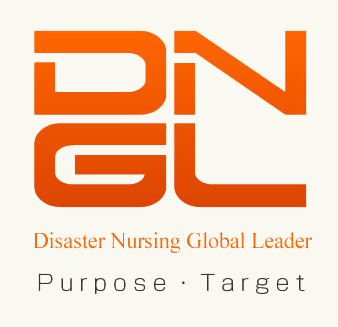

[Purpose] University of Kochi’s DNGL members (the DNGL Kochi team) had an opportunity to conduct a joint research with the Ateneo de Manila University (hereafter, the Philippine team) in the Philippines with partial funding from JST part of a J-RAPID project. The research consisted of a verification test for possible creation of a single application in the future through sharing and integrating the current evacuation information applications of the two universities and to ascertain its validity and feasibility. The main purpose of the trip this time was to discuss the contents of the application with the Philippine team and understand living conditions in the Philippines through field research. Research teams from the two universities (the team, hereafter) visited Tacloban City in the island of Leyte, along with the Philippine team and conducted interviews about the Typhoon Haiyan that had occurred in November 2013.
[Stay in Manila] On September 16th, the DNGL Kochi team arrived at Manila International Airport in the Island of Luzon and met the Philippine team for the first time. Both teams had been moving forward with preparations for the research project since April, had been continuously communicating via email, and virtual meetings via Skype several times. But this was the first time that two teams had actually met, and all the participating members felt great pleasure and reassurance at finally meeting them. The next day, the team visited the Ateneo University and immediately held discussions about the contents of the application. Because different countries have different languages and the cultures also exert significant influence, we felt we had the differences in the concepts, perception, and interpretation of meanings of different words. For example, the content and range of even a single word such as “security” is different in Japan and the Philippines and the team realized the importance of understanding and sharing cross-cultural differences in order to conduct joint research.
On September 19th, the team headed out to the airport from where the DNGL Kochi team was to depart for Tacloban, with the Philippine team, but due to the impact of the Mario typhoon, the flight and the trip were cancelled. On the way back to the hotel from the airport, some of the streets were flooded and signs had been blown off. As was in the headlines in the local news, houses and vehicles were under water, and images of people swimming on their own amidst the flooding and being rescued in boats were broadcasted. With its maximum wind speed at 80 kilometers and minimum atmospheric pressure Typhoon Mario was not such a powerful typhoon, but as its velocity was slow, there was extensive human and material damage within Manila city. On the other hand the reason for extensive damage was also the insufficient infrastructure, and the team learned that even the capital city of Manila was physically vulnerable to disasters.
On September 21st, the team visited an elementary school that was used as an evacuation shelter during Typhoon Mario and conducted interviews with the teachers about the conditions at the time of the typhoon, situations of the evacuees, and facilities in the evacuation shelter. Although the evacuation shelter was big enough to accommodate several hundred people, it had only a roof and no walls, and the floor was made out of concrete. Furthermore, the evacuation shelter this time seemed to have approximately 2000 people, but there were only three toilets for that number of people. The typhoon lasted only for a day, and the evacuees seemed not to have been greatly impacted, but living in these conditions for an extensive period could leave an adverse impact on the lives and health of the people.
Another concern about this elementary school was that once the typhoon had passed and the classes started again the evacuees had to leave the shelter, and those whose homes had been destroyed due to the typhoon were in trouble as they did not have a place to go. In the Philippines there was a huge discrepancy between the rich and the poor and even within the same geographical area the differences were conspicuous. People living in wealthy, secure houses straightaway took shelter, and if there was no flooding there was almost no damage. On the contrary, it was clear that those who were poor and had built their houses by themselves suffered great damage from disasters such as typhoons.

On September 22nd, the team visited a barangay, the smallest administrative divisions in the Philippines. Usually barangay are closely related to the region, and they fulfill significant roles such as taking the initiative in providing support to the region in times of disasters. The method of using the evacuation information application was explained to the people living in barangay and its practicality was verified through actual utilization of the application. Further, interviews about Typhoon Mario were conducted using questionnaires. The interview data provided greater clarity about the living conditions in the evacuation shelters in times of disasters in the Philippines. It also revealed that depending on the evacuation shelters there were significant differences in the environment and available facilities.
DNGL Miho Morosawa & Megumi Nichigawa, University of Kochi
